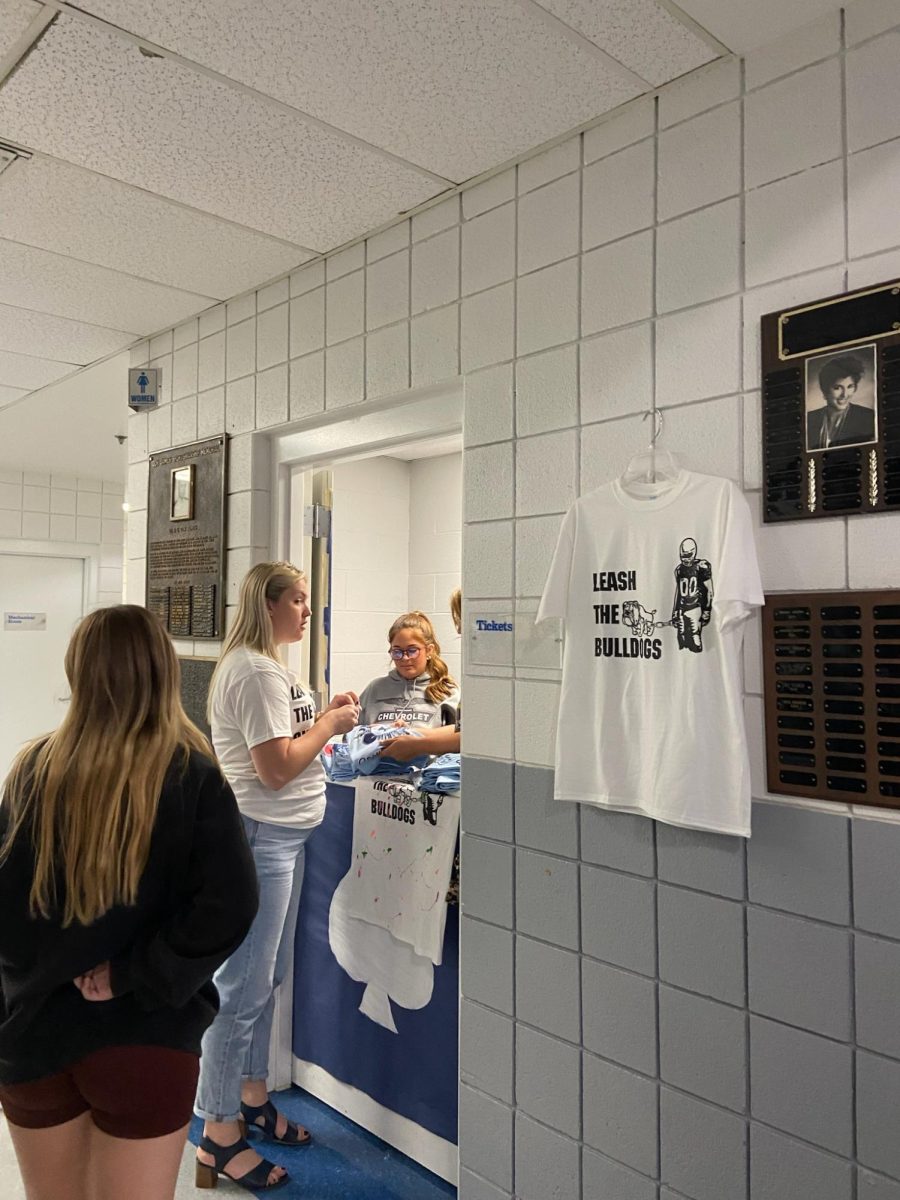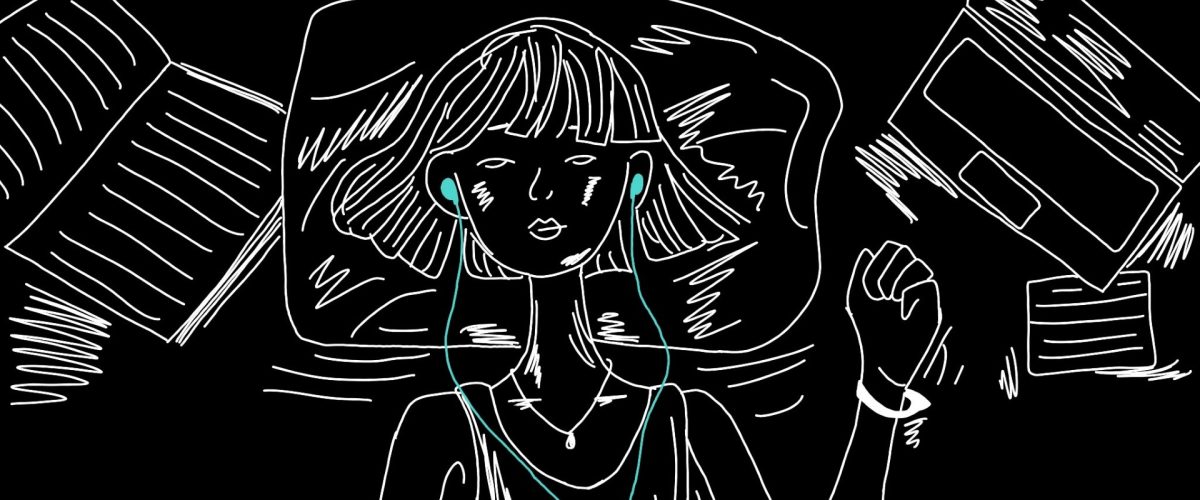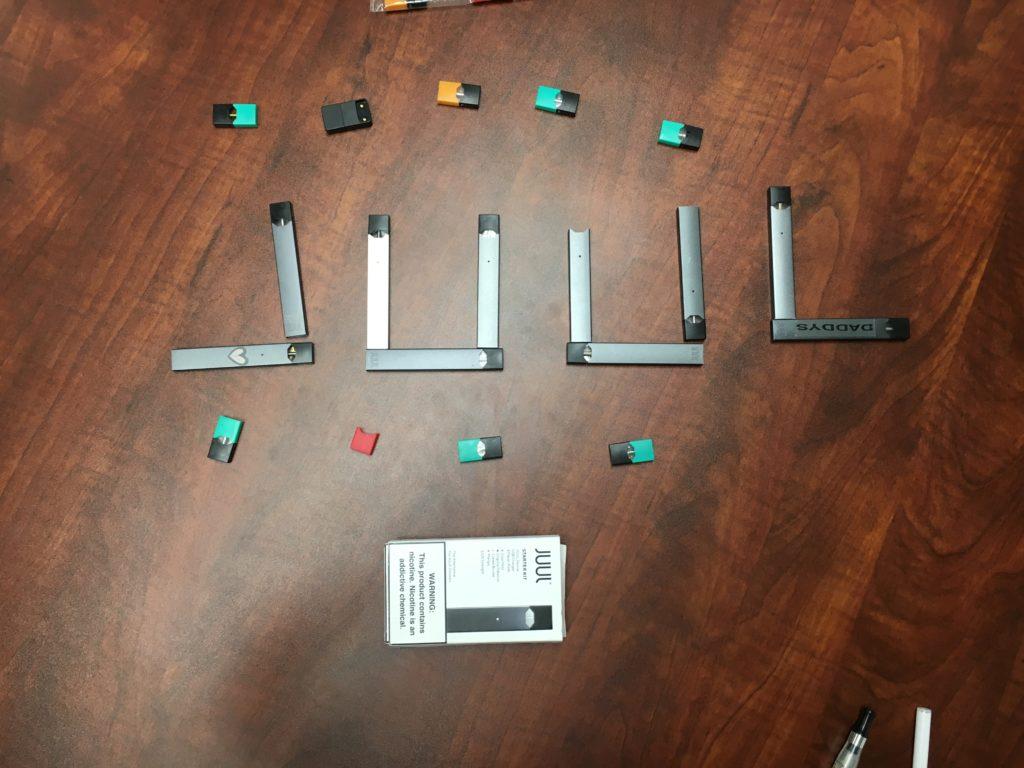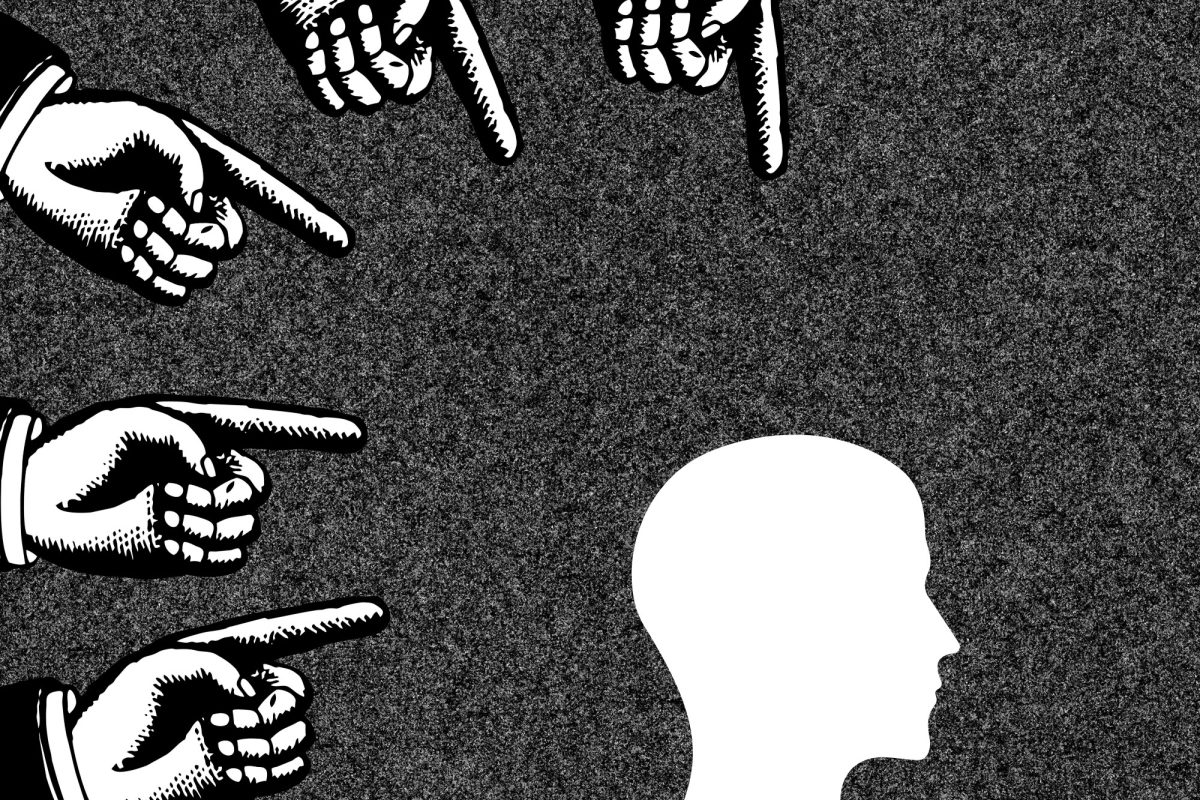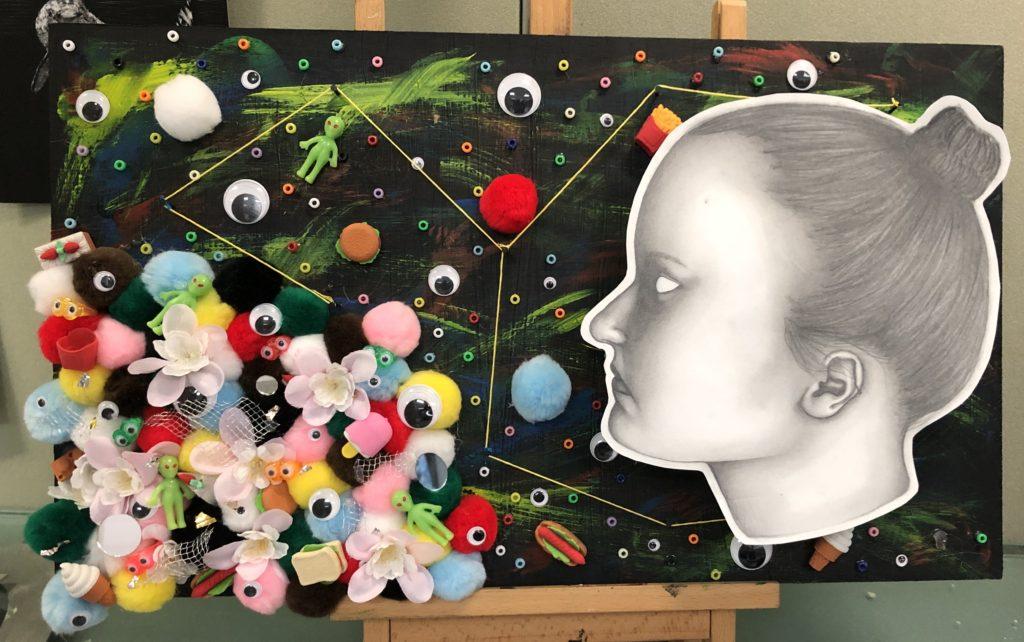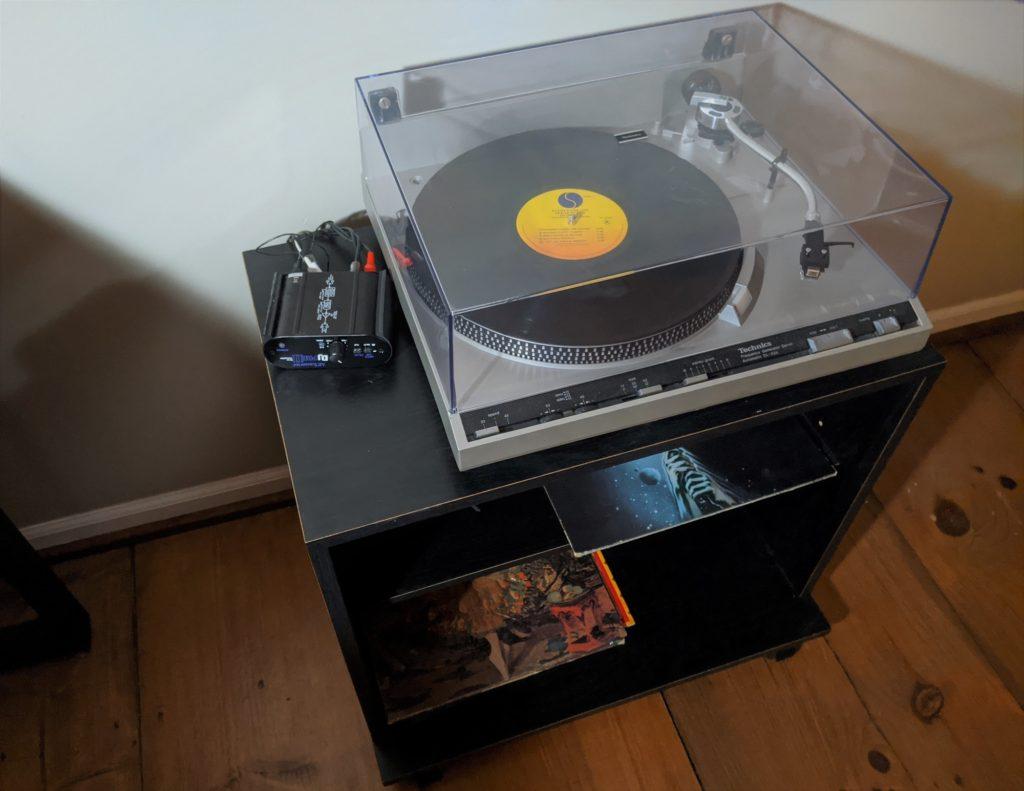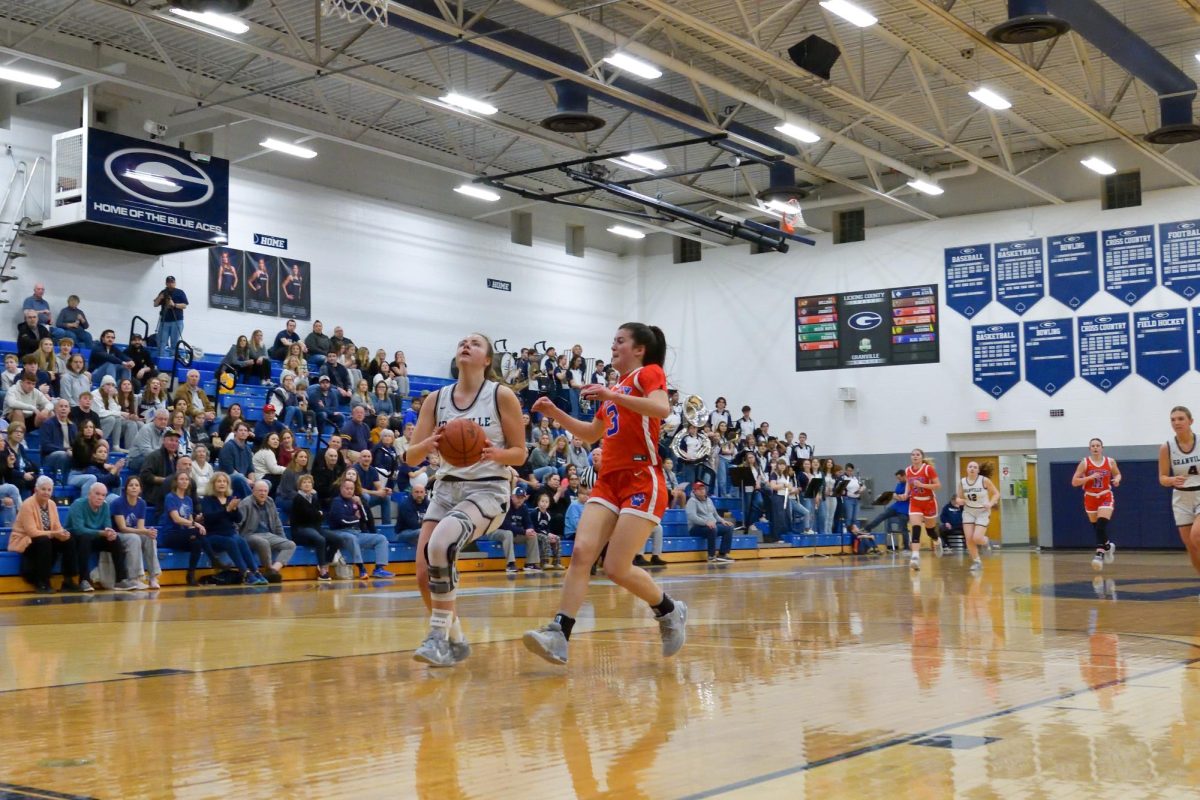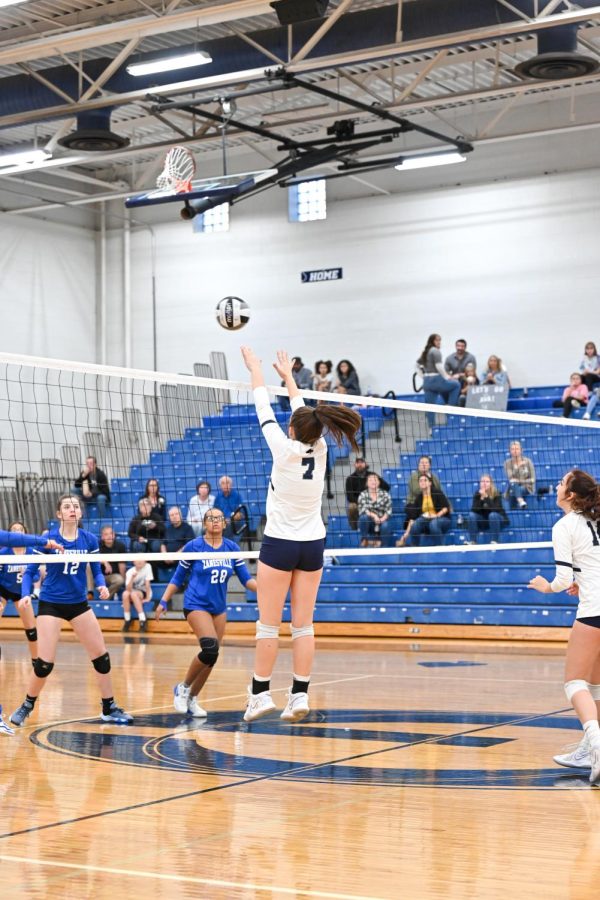Opinion: Women with ADHD are overlooked
March 14, 2023
It is relatively easy to identify a young boy with ADHD; He refuses to sit still at his desk, talks excessively during lessons, and he often distracts the class and teacher with his hyperactivity. For girls, ADHD can look much different. These girls are often quiet, lost in the world of their own thoughts, anxious, and forgetful. ADHD in girls is typically more internal than it is in boys, leading to a significant underdiagnosis for girls struggling with this disorder.
For decades, the criteria for an ADHD diagnosis has been based almost completely around men, failing to recognize the typical female symptoms. Research regarding the cognitive disorder has been male-dominated as well, leaving female ADHD to be vastly misunderstood.
ADHD in men is typically the hyperactive type, with symptoms including excessive physical movement, irrational decisions, and the inability to remain focused. Women on the other hand usually have inattentive ADHD. According to the CDC, the main symptoms of inattentive ADHD are forgetfulness, short attention span, and making careless mistakes. Inattentive ADHD can be much harder to spot than hyperactive ADHD, due to the lack of physical symptoms. Despite the fact that ADHD can be harder to identify in women, doctors still need to be able to diagnose the disorder.
According to the CDC, 12.9% of males and 5.6% of females have been diagnosed with ADHD. This statistic does not account for the many women and girls who have not received diagnoses, due to a lack of research regarding female ADHD. Most women will not receive a diagnosis until well into adulthood, failing to get the treatment they needed during childhood. This can result in increased anxiety and depression in adult women. The lack of diagnoses in women can be resolved through more research being dedicated to ADHD in women.
ADHD is not a male-exclusive disorder, and the women affected by it deserve more attention and research.








